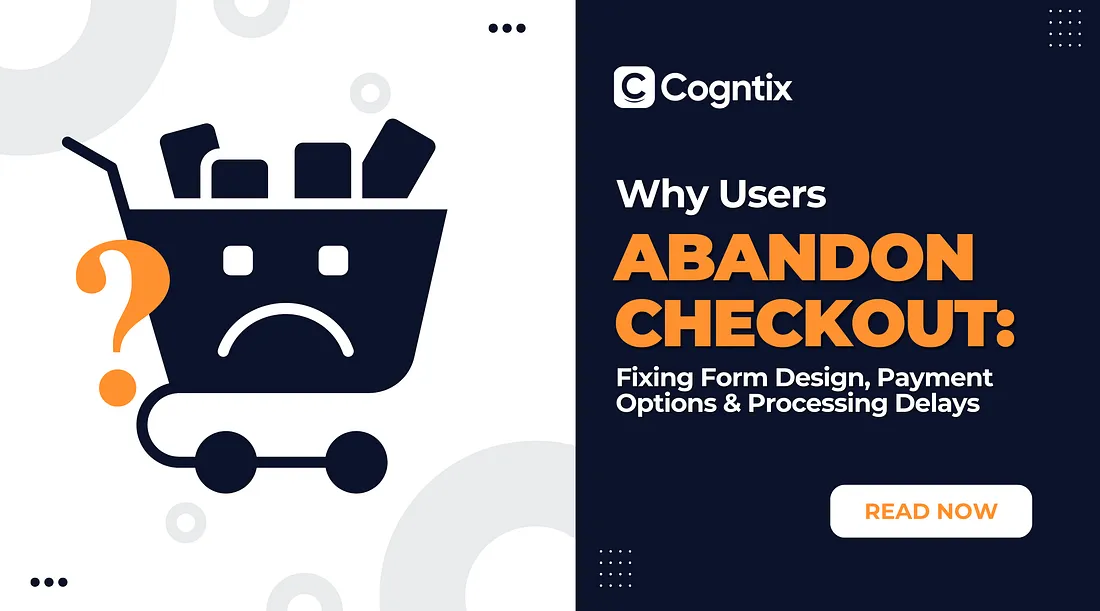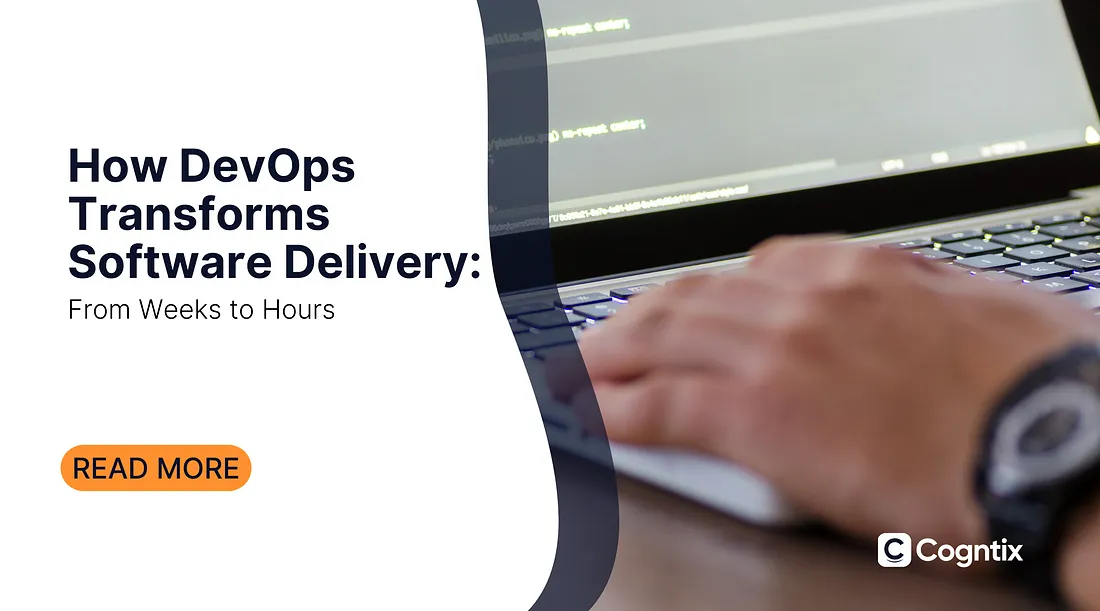Ever clicked “checkout” on a website, only to get stuck in a frustrating loop of long forms, unclear payment choices, or slow-loading pages? That’s how businesses lose customers.
At Cogntix, we’ve worked with e-commerce stores, SaaS platforms, and subscription services that struggled with abandoned carts and incomplete sign-ups. The reason? Their checkout process was working against them.
Let’s break down why poor form design, confusing payment options, and slow processing kill conversions, and how we fix them.
Problem 1: Forms That Frustrate, Not Convert
Forms are supposed to be simple, but too often, they overcomplicate the process. We’ve seen businesses lose customers because their checkout forms:
Too many fields asking for unnecessary details. Do users really need to enter their billing address when paying with PayPal?
No autofill or address detection, leading to mistakes and extra effort.
Confusing error messages like “Invalid Input” with no explanation.
Example: A fashion e-commerce brand required users to enter their full address manually, including country, state, and city, without an autofill option. Users abandoned checkout just because of this. We replaced it with Google Address Autocomplete, reducing drop-offs.
How We Fix It:
Reduce the number of fields to only what’s necessary.
Use autofill and smart field validation to prevent errors.
Provide clear, real-time error messages instead of vague “Invalid Entry” warnings.
Problem 2: Payment Options That Confuse or Limit Users
Imagine reaching the checkout, ready to pay, only to realize your preferred payment method isn’t available. Customers won’t hunt for alternatives, they’ll leave.
No Apple Pay, Google Pay, or other mobile-friendly payment options.
Unclear pricing breakdowns, hidden fees, taxes, and conversion rates.
Complex multi-step payment processes that make checkout feel risky.
Example: A subscription-based fitness app only accepted credit cards. International users, especially in Asia, preferred digital wallets and bank transfers. We added PayPal, Apple Pay, and local payment gateways, increasing completed transactions.
How We Fix It:
Expand payment methods, offer credit cards, digital wallets, bank transfers, and even BNPL (Buy Now, Pay Later) based on user preferences.
Transparent pricing, clearly shows taxes, shipping costs, and final totals before checkout, not as a surprise on the last screen.
One-click checkout, returning users should be able to pay without re-entering details every time.
Problem 3: Slow Processing That Kills Urgency
Even after users hit “pay” checkout isn’t complete until the transaction processes. Any delay adds doubt, and doubt leads to canceled purchases.
Checkout pages that load too slowly or crash under high traffic.
Payment failures due to poor API integration.
No confirmation message, leaving users wondering if their payment went through.
Example: An online electronics store experienced checkout lag during flash sales. Some payments took over 10 seconds to process, leading to frustration and drop-offs. We optimized their backend to handle peak loads, reducing checkout times.
How We Fix It:
Optimize backend performance, using server-side caching, CDN distribution, and optimized APIs to reduce lag.
Real-time payment status updates, instead of keeping users waiting, they instantly see “Processing Payment” or “Order Confirmed” messages.
Fail-proof retries, if a payment fails, users get a retry option instantly instead of being forced to start over.
Fix Your Checkout, Boost Your Sales
If your business is losing customers at checkout, it’s time to stop blaming marketing and start fixing the user experience.
At Cogntix, we don’t just clean up your checkout, we rebuild it for speed, simplicity, and conversions. Whether it’s optimizing form design, expanding payment options, or ensuring ultra-fast transactions, we make sure your users complete their purchases without frustration.
Let’s build a checkout experience that works, not one that pushes customers away. Ready to boost your conversions? Contact Cogntix today.
Written by: Gayathri Priya Krishnaram (Digital Content Writer at Cogntix)




